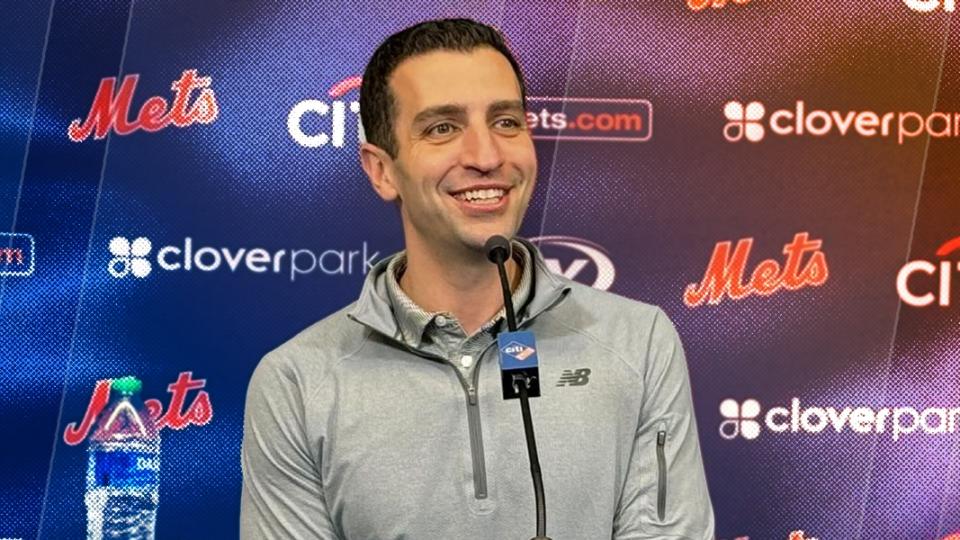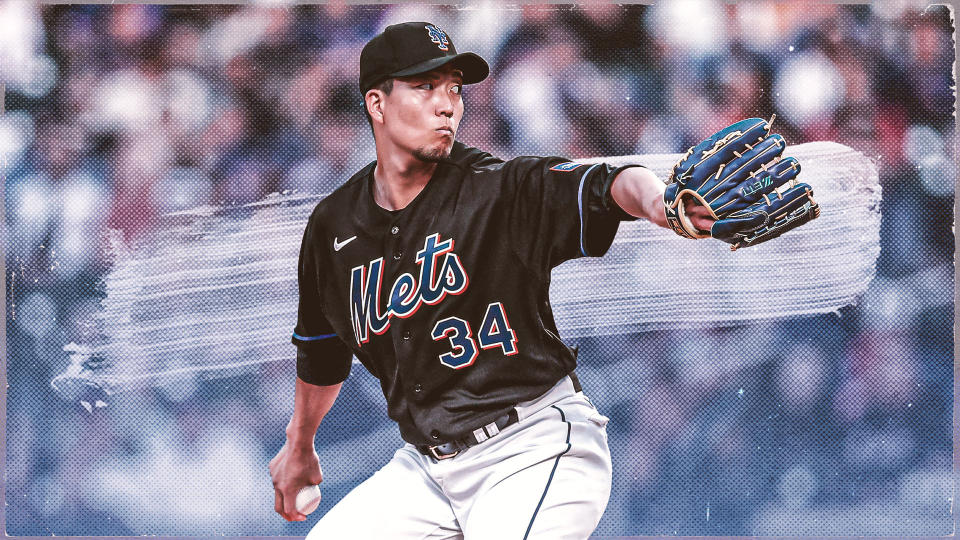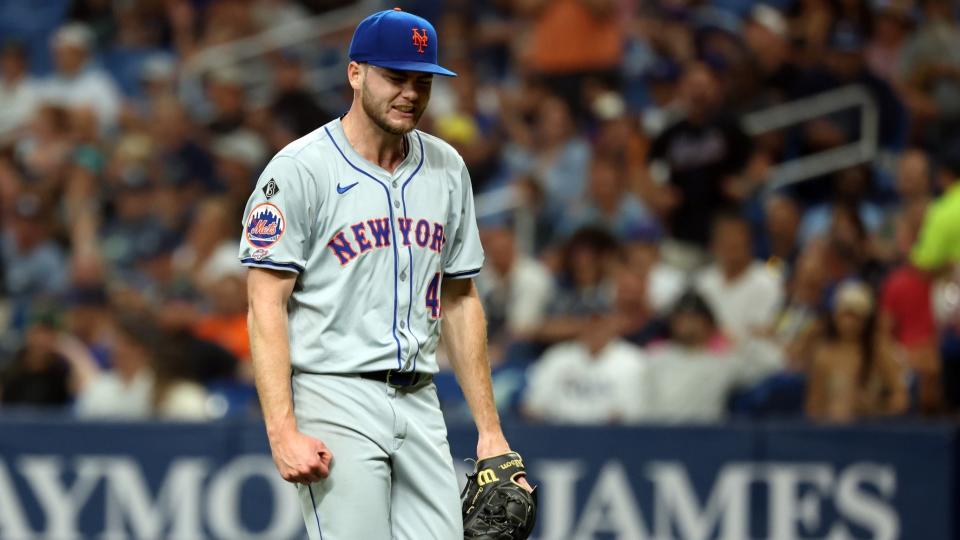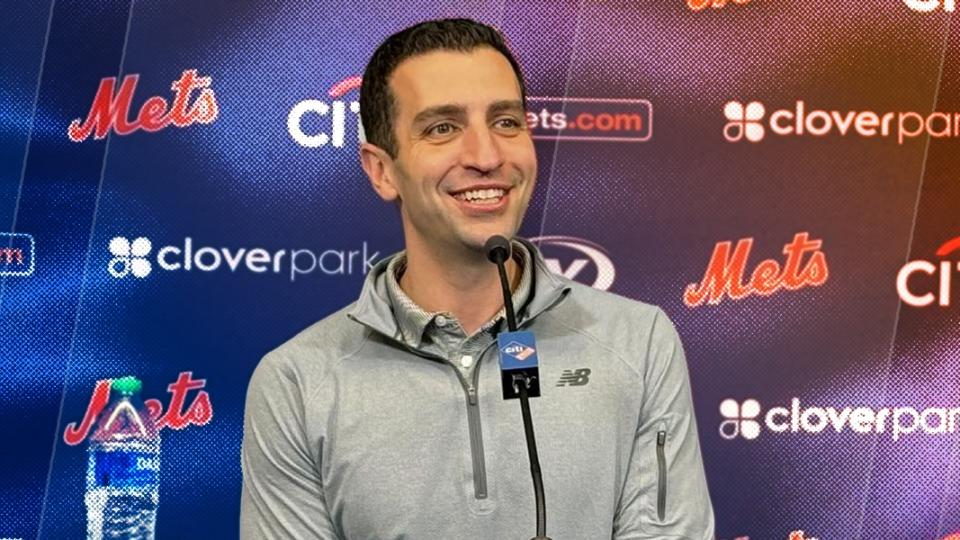The Mets return from the All-Star break on Friday when they open a four-game series against the Marlins in Miami.
Friday’s game is the start of a pivotal 11-game stretch that will bring New York to the July 30 trade deadline.
After facing the Marlins, the Mets have two games against the Yankees in the Bronx before opening a homestand where they’ll play the Braves and Twins. The series against Minnesota starts on July 29.
If the Mets, who begin the second half of the season with a 49-46 record and holders of the third Wild Card spot in the National League, perform relatively well during the next 11 games, they will very likely be buyers at the deadline. At the very least, they will not be sellers.
With that in mind, here are five things to watch as the second half of the 2024 season opens…
Are the Mets real contenders?
The Mets have won 27 of their last 40 games, have one of the most high-powered offensive attacks in baseball (they have scored just 12 runs fewer than the ferocious Phillies), and have a solid starting rotation that has taken some pressure off of their leaky bullpen lately.
And as is noted above, they would be in the playoffs if the season ended today.
By those measures, they are real contenders.
But how they perform between now and the deadline could be the decider for a front office that — in public at least — remains undecided about which direction to go.

The guess here is that it would take a catastrophic stretch between now and July 30 — a record like 3-8 or 2-9 — to turn David Stearns and the front office into sellers.
But if the Mets go around .500 or a bit better in the next 11 games — a fair expectation — they will cement themselves as a team that deserves to not just be kept together, but bolstered at the deadline.
What will happen at the trade deadline?
If the Mets make it to July 30 in strong shape, there are two obvious areas of need, with one being close to a five-alarm fire.
The flames, of course, are coming from a bullpen that is dealing with season-ending injuries to Brooks Raley and Drew Smith and is without Reed Garrett and Sean Reid-Foley.
Reid-Foley could be back soon, while the length of Garrett’s absence is up in the air.
The Mets have a potentially strong relief core of Edwin Diaz, Dedniel Nunez, Jose Butto, and Phil Maton, but they’ll have to bolster it at the deadline if they want to set themselves up for success over the final two months of the regular season — and potentially into the playoffs.
New York should also be looking for outfield help, with Starling Marte recovering slowly from a knee injury and his replacements — DJ Stewart, Tyrone Taylor, and Jeff McNeil — struggling.
In a world where the Mets fall flat between now and the deadline, it could open the door for them to sell, which would likely mean making every player on an expiring contract available — from Luis Severino, Sean Manaea, and Jose Quintana, to Harrison Bader and Pete Alonso.
Senga, who has been out since spring training due to a shoulder injury and multiple setbacks, is on the verge of returning, at which point the Mets will go to a six-man rotation.

It hasn’t been determined whether his next start will be with the Mets or if he’ll make one final rehab start, but Senga’s addition to the rotation is imminent.
How will he look when he returns?
Senga’s stuff and results have been there during his minor league rehab outings, but the huge test will obviously be when he faces big league hitters in the regular season for the first time since last year.
During his rookie campaign for the Mets last year, Senga had a 2.98 ERA and 1.22 WHIP while striking out 202 batters in 166.1 innings over 29 starts — a strikeout rate of 10.9 per nine. He finished second in NL Rookie of the Year voting and seventh in Cy Young voting.
If the Mets get the 2023 version of Senga, he will add a huge jolt to a group that is already performing well.
Scott has dazzled at times during his eight Mets starts, showing the ability to dominate while missing plenty of bats. But he has also been victimized by the home run ball — something that was his only issue this year in Triple-A Syracuse.
And as he continues to get acclimated to the majors, Scott is about to eclipse the most innings he’s thrown as a professional.
Scott threw 87.2 innings last season between three levels of the minors, and has thrown 85.2 so far this season between Triple-A and the majors.

It is typical for teams to allow their young starting pitchers to increase their innings totals by roughly 35 or 40 year over year, but there is no set number.
In a six-man rotation, Scott would likely have roughly 11 starts left this season. That could mean that unless he gets a break or is allowed to blow well past 125 innings, he might get shut down before the end of the regular season.
What does Pete Alonso‘s future hold?
If Alonso remains with the Mets beyond the deadline — a pretty safe assumption — his performance down the stretch will be one of the most interesting things to watch.
Regardless of how Alonso performs, there’s a chance that the pending free agent is playing his final games as a Met.
Clouding the situation is that he is coming off a relatively down 2023, and is having his worst statistical year ever this season, with a career-low .772 OPS.
Alonso has hit 19 homers this year, which puts him on pace to finish with 32. That’s nothing to sneeze at, but it pales in comparison to the 46 he hit last season and the 40 he smashed in 2022.
If Alonso finishes the season on fire, he could perhaps tempt the Mets or one of the other 29 clubs into giving him the $200 million-plus deal he’s likely seeking. If not, it’s fair to wonder if he’ll come close to the seven year, $158 million extension the Mets reportedly offered him last year.
EMEA Tribune is not involved in this news article, it is taken from our partners and or from the News Agencies. Copyright and Credit go to the News Agencies, email news@emeatribune.com Follow our WhatsApp verified Channel





